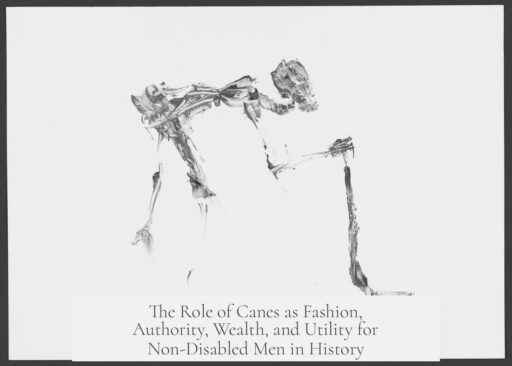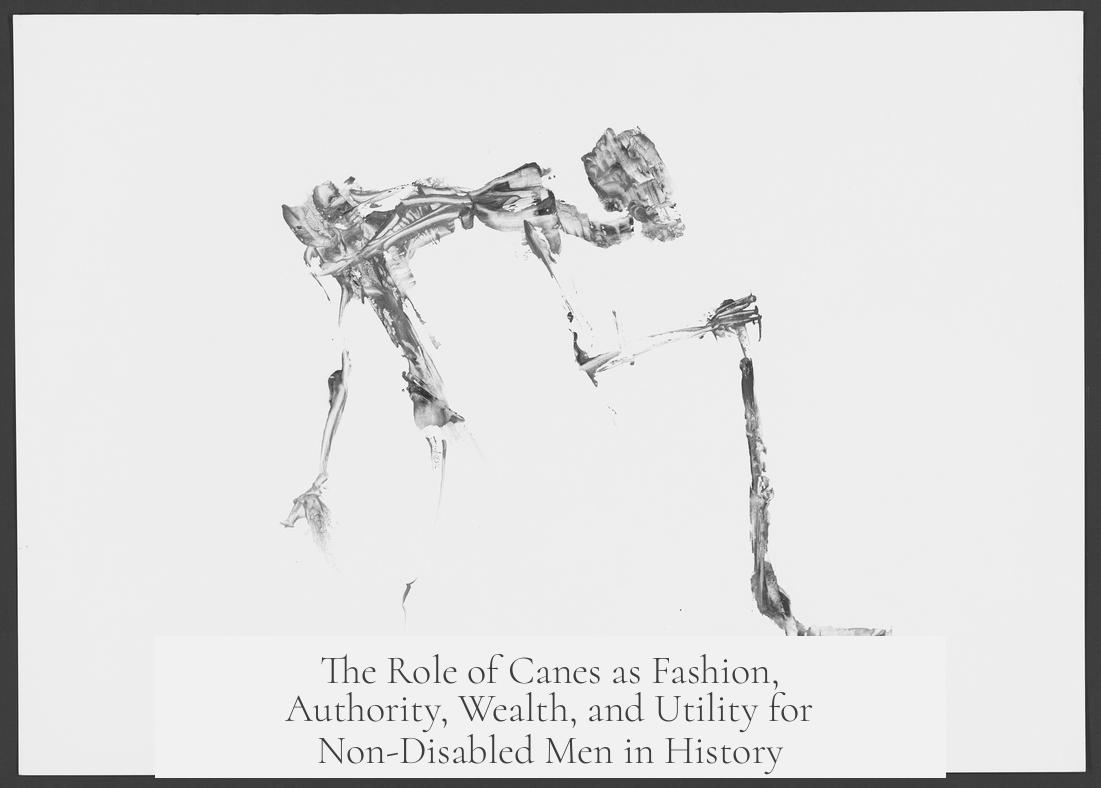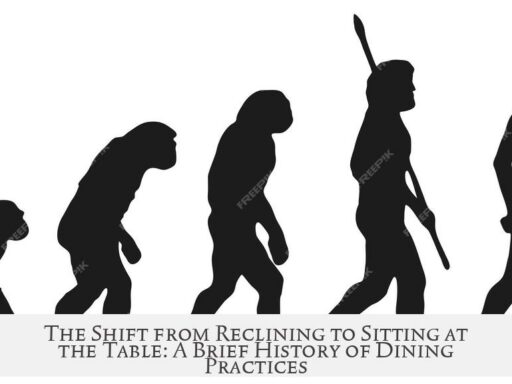Many non-disabled men in the past carried canes primarily as a fashion statement, a symbol of authority, and a sign of wealth, rather than for physical support. The walking cane emerged in Europe during the late 17th and early 18th centuries as a fashionable accessory. Gentlemen replaced swords with canes to display status and style. This trend spread from aristocratic courts to wider society.
Monarchs such as King Henry VIII, King George II, and King Louis XIV used canes in portraits to signify power. For instance, King Louis XIV’s jewel-encrusted cane symbolized his supreme authority. He even prohibited subjects from carrying canes in his presence, reinforcing its status as a royal emblem.
The design and decoration of canes indicated the wealth of their owners. More ornate canes suggested higher social standing. Beyond display, these canes could serve as weapons if necessary, adding a practical aspect to their elegance.
Canes also had practical uses, especially for doctors. Many medical professionals carried “gadget canes” that stored medical instruments and drugs inside hollow compartments. This reduced the risk of theft compared to carrying a visible medical bag. Some canes even contained vinegar-soaked sponges in their hollow heads. Physicians inhaled the vinegar to protect themselves from illnesses during house calls, acting as a primitive protective measure.
| Reasons Men Carried Canes | Details |
|---|---|
| Fashion Statement | Replaced swords; reflected aristocratic style in 17th–18th century Europe. |
| Symbol of Authority | Used by monarchs to represent power and status. |
| Wealth Indicator | Ornate canes signaled social rank and wealth. |
| Practical Medicine Use | Doctors used hollow canes for medical tools and inhaling vinegar. |
Overall, canes served multiple roles beyond mobility aids. They functioned as elements of fashion, authority, wealth, and practicality, especially in the 17th and 18th centuries. This explains their widespread adoption by non-disabled men during that era.
- Canes began as fashionable replacements for swords among gentlemen.
- Royal portraits often displayed canes as signs of power.
- Ornate decoration indicated wealth.
- Doctors used specialized canes for medical purposes and protection.
Why Did So Many Non-Disabled Men in the Past Carry Canes?
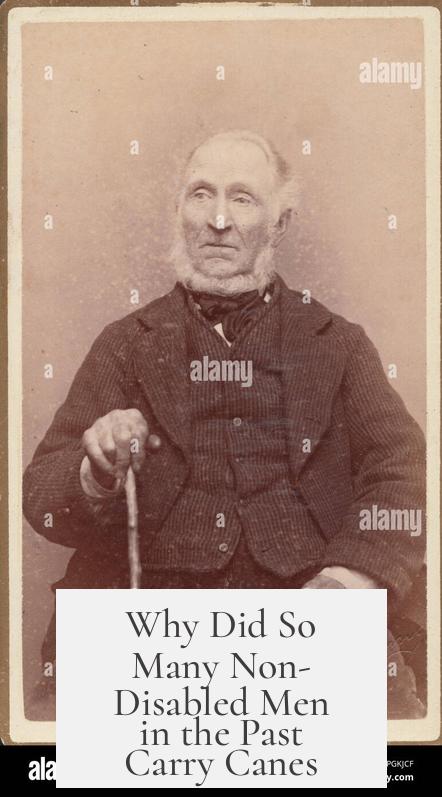
Simply put, men carried canes in the past not because they needed them for support, but because canes were the ultimate blend of fashion, power, and practical tool. Far from being just an aid for walking, canes served as a style statement, a symbol of status, a mark of authority, and sometimes, a practical gadget. So, if you’ve ever wondered why so many non-disabled men strutted around with a stick in hand, buckle up—it’s a fascinating mix of culture, power dynamics, and a dash of old-school swagger.
The Cane: The Fashion Statement Extraordinaire
At its core, the cane’s popularity among non-disabled men started as a fashion trend. Think about it—why did men in the 18th century wear knee britches or those oversized, elaborate wigs? Because it was the thing to do. Canes emerged from the aristocratic courts of Europe as an accessory that screamed refinement and class.
In the late 17th and early 18th centuries, the cane began replacing the sword as the go-to accessory for gentlemen about town. Swords were practical for knights and soldiers, but as society’s focus shifted from warfare to courtly socializing, the walking cane fit the bill perfectly. It was elegant, lightweight, and more about style than function.
This shift highlighted a new social norm. Carrying a cane was less about protecting yourself and more about expressing your place within the upper echelons of society. As fashion evolved, so did the canes—ranging from simple wooden sticks to elaborate pieces adorned with intricate carvings, precious metals, and even jewels.
Symbol of Authority: More Than Just a Stick
Carrying a cane wasn’t just about looking good; it was about projecting power. Several famous monarchs like King Henry VIII, King George II, and King George III posed with canes—not because they were frail, but because the cane represented authority.
Take King Louis XIV of France, for instance. His cane wasn’t just any stick—it was jeweled and ornate, and he explicitly forbade his subjects from carrying canes in his presence. In other words, his cane was a throne of power in miniature. It was a visual reminder of his exclusive status and absolute rule.
So next time you see an old portrait of a monarch or nobleman with a cane, know that this wasn’t a symptom of physical weakness. It was a calculated gesture of control and prominence.
When Wealth Walks on a Stick
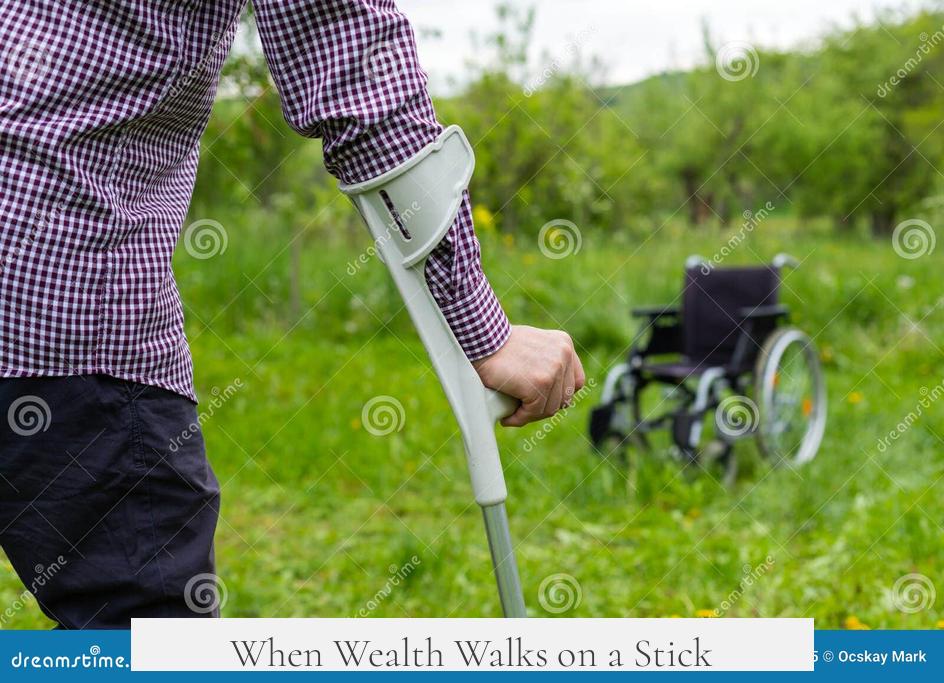
In many ways, the cane was like a wallet or a watch today. Its appearance instantly telegraphed one’s financial status. The more decorative and luxurious the cane, the wealthier its owner. Some were crafted with rare woods, gold, silver, ivory, or even studded with gems.
But these weren’t just flashy items. A cane could also perform a practical function in a pinch, doubling as a weapon in dangerous situations. Imagine walking down a dark alley in the 18th century—your cane not only shows you’re stylish, but it could save your skin if trouble finds you.
Practical Uses: The Doctor’s Secret Weapon
Beyond fashion and power, some men carried canes for very practical reasons. Doctors, in particular, had a notable relationship with canes, but not just as accessories. They often carried special gadget canes that held medical devices or drugs inside them. Why?
House calls were common, and carrying a medical bag was flashy and sometimes dangerous. A cane disguised a doctor’s tools, allowing discreet visits without drawing unwanted attention or risking robbery.
Another fascinating use involved those who believed in the protective power of vinegar against illnesses. Some canes had hollowed-out heads containing vinegar-soaked sponges. Doctors held the cane close, inhaling vinegar vapors, essentially creating an early form of a protective mask long before germ theory was widely understood.
Canes: A Blend of Style, Power, and Utility
So, why did so many non-disabled men in the past carry canes? It was a mixture of fashion trends, social power, wealth signaling, and practical need. The cane was not just a walking stick but a versatile tool embedded with cultural significance.
Today’s equivalent? Maybe a luxury watch or a sleek smartphone—things that serve a functional purpose but are often more about signaling identity than necessity.
What Can We Learn From This?
- Fashion evolves but never loses ties to social identity. Carrying a cane showed belonging to a certain class and mindset.
- Symbols of authority shift forms but remain essential. Canes once represented monarchs’ power; today, we have courtroom gavels and executive pens.
- Practical needs can hide behind aesthetic choices. Even the most stylish objects had a deeper, sometimes life-saving, function.
Next time you see a modern gentleman with a cane, perhaps you’ll appreciate the centuries of history behind that seemingly simple accessory. It’s not just about walking; it’s about carrying a legacy of style, strength, and story.
